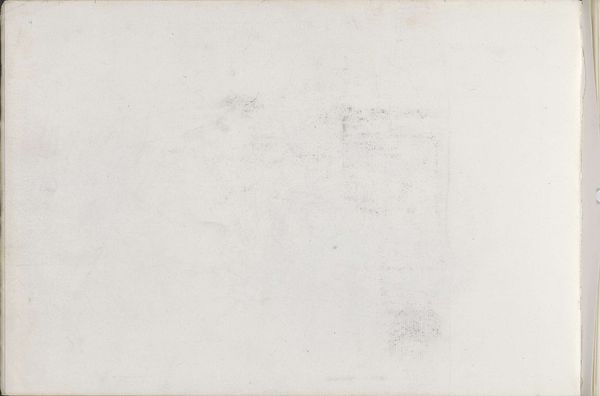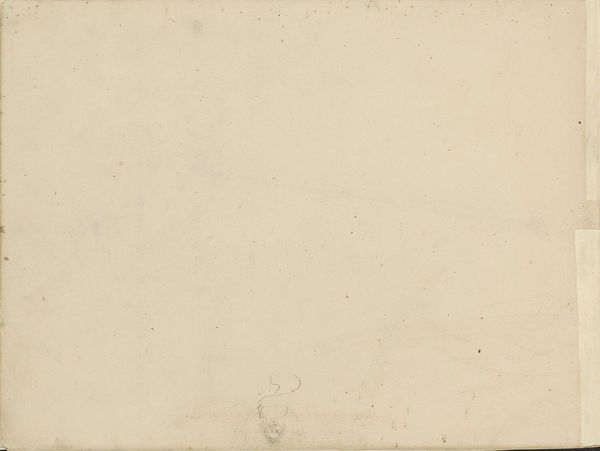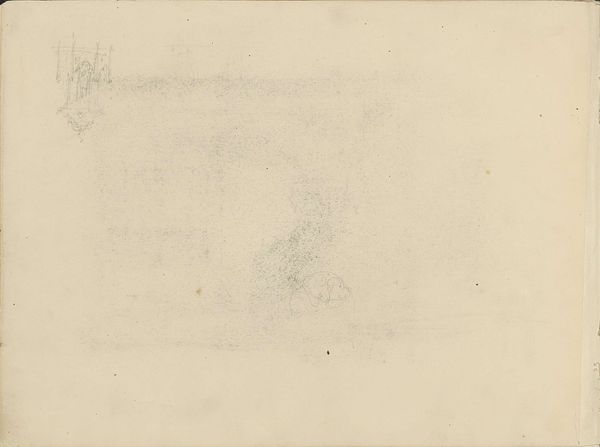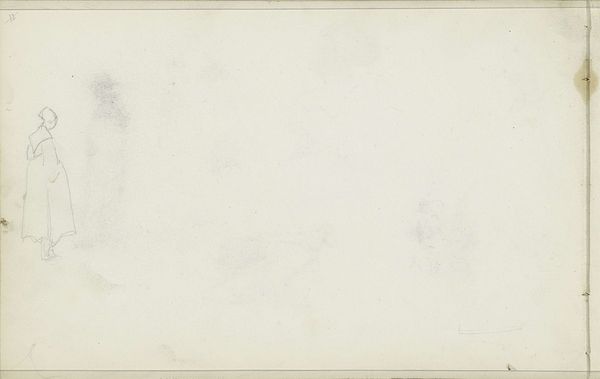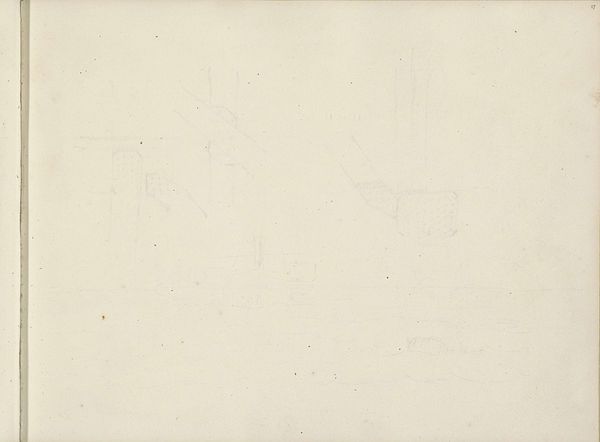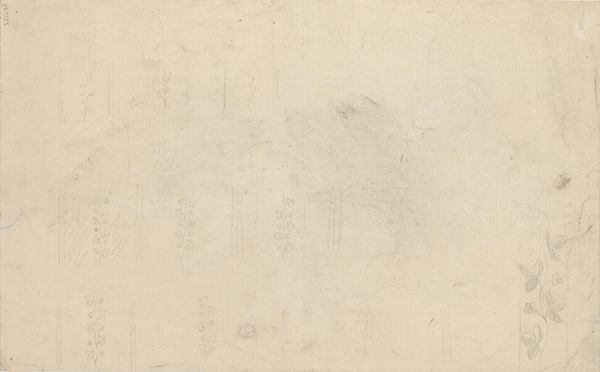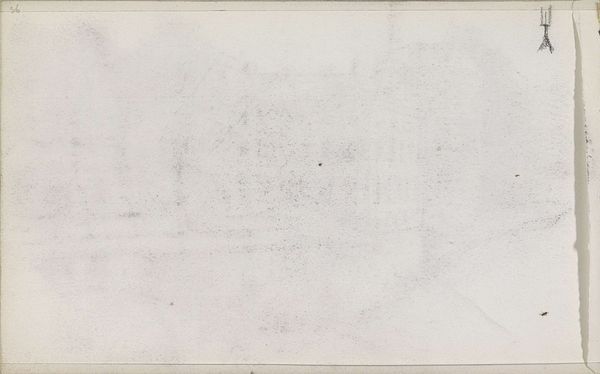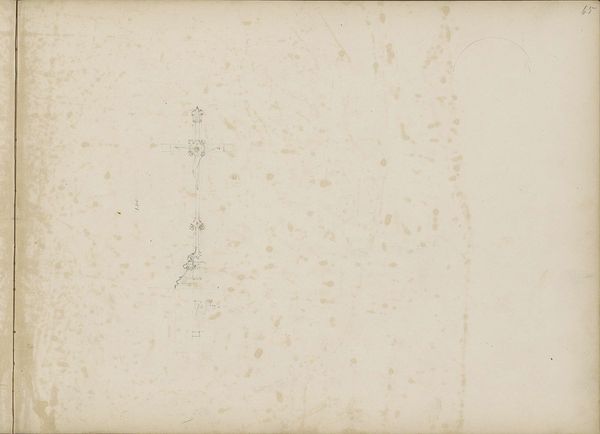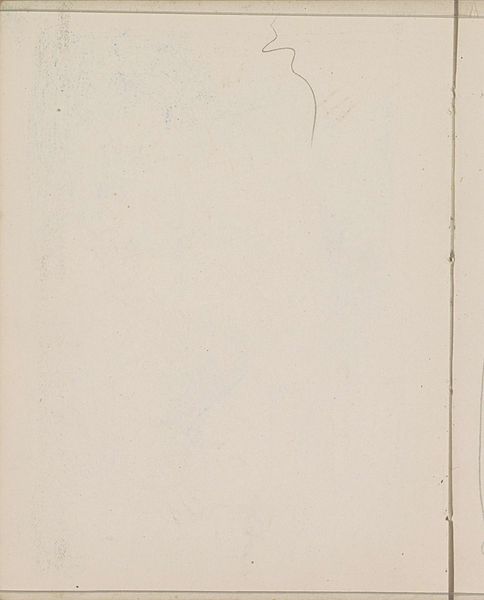
drawing, paper, pencil
#
drawing
#
aged paper
#
toned paper
#
light pencil work
#
incomplete sketchy
#
landscape
#
paper
#
personal sketchbook
#
sketch
#
romanticism
#
pencil
#
watercolor
Copyright: Rijks Museum: Open Domain
Curator: What strikes you most about this faint landscape? Willem Roelofs produced this preliminary drawing sometime between 1846 and 1851, and it currently resides here at the Rijksmuseum. Editor: I am completely swept away by its emptiness. It's so…quiet. The blank space overwhelms the tentative lines; it is so subtle. Like a half-remembered dream on aged paper. I like the look, almost sepia. Is that watercolor I see adding some very subdued tint? Curator: Yes, you are spot-on. While primarily pencil on paper, Roelofs experimented lightly with watercolor washes. It invites us into the artist’s mind. Those hesitant lines almost become a language. Editor: Absolutely, it's that tentative quality that I find so charming. It’s almost like he is saying, “What if?” without committing to a final vision. Do you think this approach reflects something particular about the artistic circles of the time? Curator: Very astute observation. Roelofs positioned himself at the heart of landscape painting in the Netherlands during that period. His method mirrors a trend to find the symbolic importance of nature's direct and observed presentation. It can be read, too, within a more profound Romantic pursuit. Editor: A Romantic fragment, that’s great. It’s there! All that potential waiting. This tiny sketch almost vibrates with untapped possibilities. You know? Maybe the beauty is in the incompletion. We are lucky to contemplate. Curator: Precisely. The lack of resolution invites us to project our own associations and memories onto this seemingly simple study. To me, its open-ended nature is quite powerful. Editor: And it just sits here holding everything without making any noise, just patiently aging! Thank you; that changed how I perceived its place and time. Curator: My pleasure! It’s amazing what whispers emerge from seemingly hushed corners of the past.
Comments
No comments
Be the first to comment and join the conversation on the ultimate creative platform.

